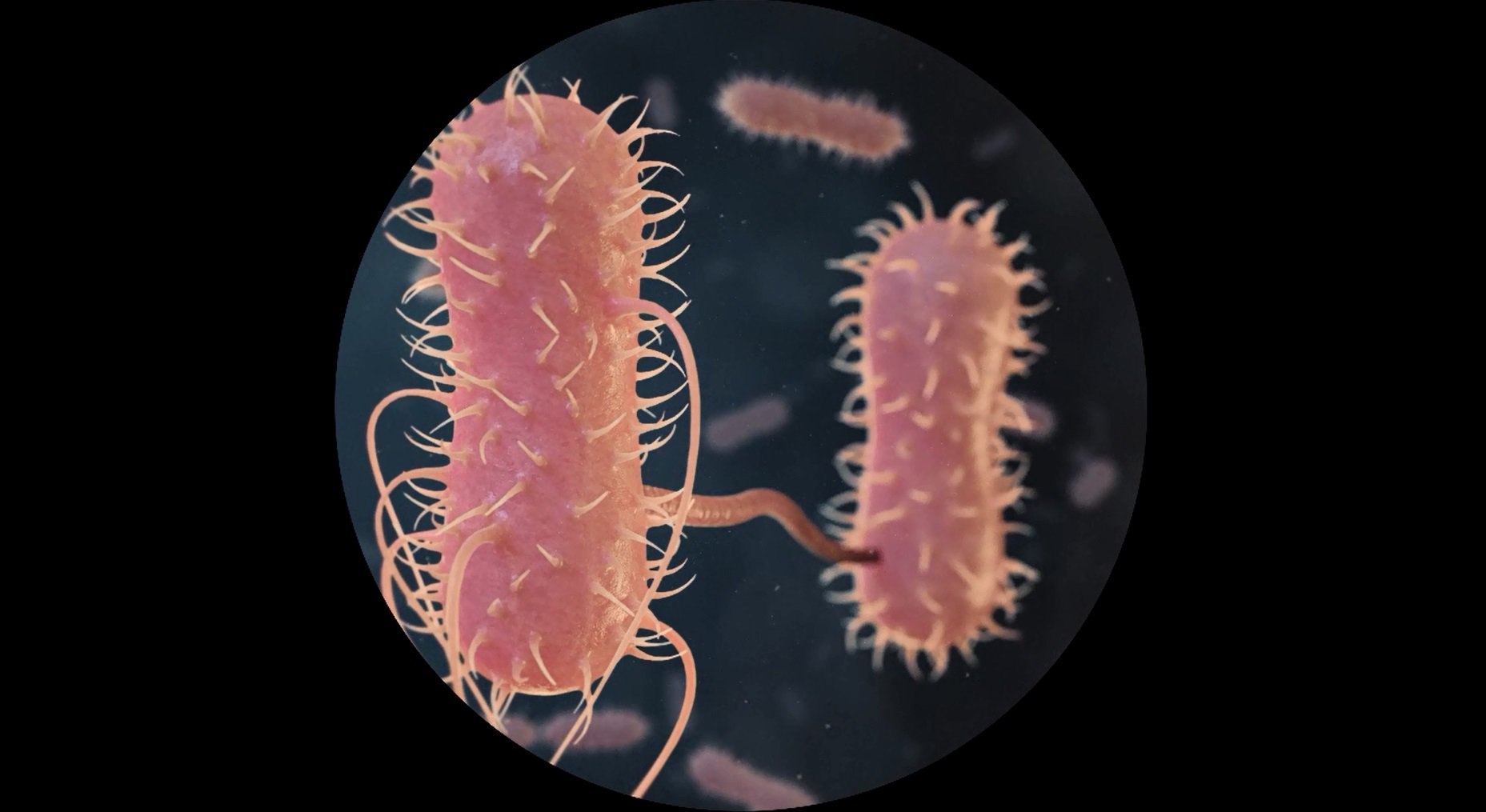Rapid evolution
In the past decade, global usage of antibiotics rose by almost 40%. However, no new antibiotics have been discovered after 1987. The ensuing excessive and ill-advised use of antibiotics has resulted in resistance. Now, scientists are hard-pressed to unravel the essential mechanisms behind bacterial resistance to antibiotics. Horizontal gene transfer is one of those mechanisms. Bacteria can exchange genetic material, or acquire it from their environment, without having to multiply or reproduce. This DNA codes for a host of characteristics. The resulting accelerated evolution enables the rapid adaptation of bacteria to their environment.
Harpoon
The researchers used Vibrio cholerae bacteria, which cause cholera. To transfer genes, Vibrio cholerae uses the same method as many other bacteria: a pilus. A pilus (plural: pili) is a long thread 10,000 times thinner than human hair. The small size of the structures had previously prevented scientists from capturing their movement on film. Researchers have now managed to colour the pilus and the floating DNA using a special fluorescent dye. The film shows a bacterium firing its green pilus at the red DNA strand as a microscopic harpoon, then hauling it over and taking it in.
Needle and thread
The pilus drags the DNA across a hole in the bacterium's membrane, which is about the size of a strand of DNA folded in half. You can compare it to the meticulous chore of putting a thread through a needle. Without a pilus to pilot the DNA, the chances of the strand accidentally clearing the hole at just the right angle are close to none. When the new DNA enters the bacterium, it is pasted into the existing genetic information. The bacteria can now use the new DNA for improved adaptation to their living environment. It is hoped that the new dyeing technique will allow scientists to increase their knowledge about a wide spectrum of bacterial functions.
Bron: Nature

